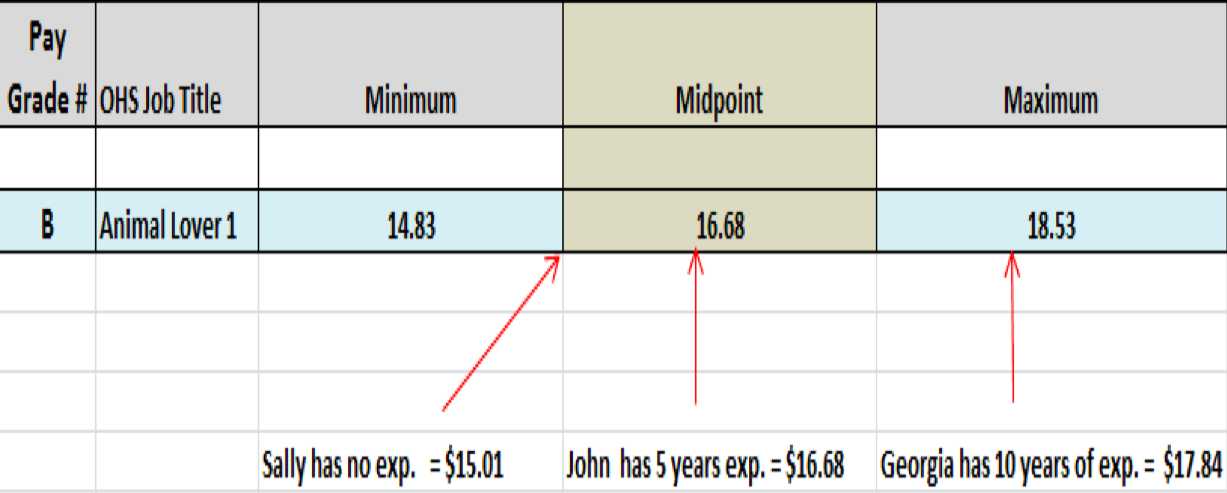News, ideas & inspiration from industry leaders

Tip of the Week: What’s Your Fairness Factor?
In need of some #MondayMotivation? Get yours right here. Every week, we share tools, time-savers and just-plain-genius ideas that your colleagues and members of The Association have suggested and tested. Today’s tip, courtesy of Oregon Humane Society, can help increase equity and transparency in your hiring and compensation practices, while potentially decreasing gender and racial wage gaps
When it comes to compensation, Oregon Humane’s Rhonda Palos, Vice President, Human Resources, found that internal equity was a big focus for employees of the Portland agency. “Staff needs to know that their pay is fair,” both compared to similar jobs at other animal organizations, as well as between colleagues who serve the same role.
To shore up their internal fairness factor, OHS set up consistent rules and policies for salary placement within each grade. “We use formulas to determine pay rate and salary placement based on experience,” says Palos. “We look at how many years they have done the same or similar work at OHS, or prior to joining the organization. We then use a formula for translating the number of years into where they belong on the range.”
See the chart at top: “If someone has five years of experience,” explains Palos, “we place them at the midpoint. If they have ten or more years, we might place them at 7% over the midpoint.” By using the same formula for every employee, OHS ensures their policies are fair and consistent—and they allow for salary and career progression.
Palos points out that their minimum range does not reflect minimum wage but baseline livable wage—which are not the same. “A livable wage,” she says, “means there’s enough money to cover the basics, such as rent, food, utilities, and gas…not to mention childcare.” In an expensive city like Portland, where minimum wage is not enough to meet these needs, it’s no wonder that livable wage is the number-one salary concern amongst staff. Determining livable wage and compensating accordingly was also crucial as OHS set up their policies.
For more on Oregon Humane’s compensation and benefits, listen to Palos’ short webinar, Market-Driven Compensation. It’s just 13 minutes and chock full of insight ideas for staying competitive and equitable—well worth the time.
New resource: The Association’s Compensation and Benefits Benchmarking survey helps ensure fairness and competitiveness in the industry. Submit at least 50% of the requested data for your organization before November 30 to unlock free access to a bank of data and intuitive reporting tools. Learn more here.


